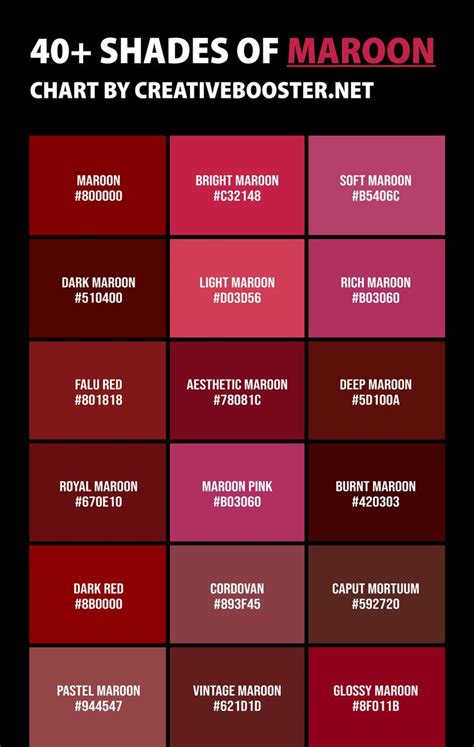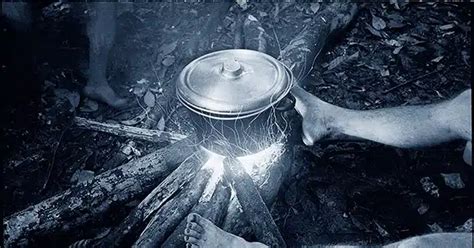Introduction
Indulge in the rich, velvety embrace of dark chocolate brown, a captivating hue that has tantalized taste buds and ignited imaginations for millennia. This alluring shade, derived from the roasted cacao beans of the Theobroma cacao tree, has woven its way through cultures, civilizations, and cuisines, leaving an enduring legacy that continues to captivate today.

A Culinary Expedition Through History
The earliest traces of chocolate consumption date back to 5,000 years ago in Mesoamerica, where the Olmecs, Mayans, and Aztecs revered it as a sacred food and a symbol of abundance. They brewed a frothy, bitter beverage from roasted and ground cacao beans, often adding spices and herbs to enhance its flavor.
Over time, chocolate spread its allure beyond the borders of Mesoamerica. In the 16th century, Spanish conquistadors brought cacao beans to Europe, where it quickly gained popularity among the aristocracy and became a staple of royal banquets and lavish feasts.
Dark Chocolate Brown: A Health and Wellness Elixir
Beyond its culinary delights, dark chocolate brown holds a wealth of health and wellness benefits. Rich in antioxidants, it offers protection against heart disease, cancer, and cognitive decline. Dark chocolate also contains fiber, iron, magnesium, and potassium, contributing to overall health and well-being.
Shades and Variations of Dark Chocolate Brown
The spectrum of dark chocolate brown shades is as vast as the culinary possibilities it presents. From the deep, almost black hues of extra-dark chocolate to the warm, reddish browns of milk chocolate, there is a shade to suit every palate and preference.
Culinary Masterpieces Inspired by Dark Chocolate Brown
Dark chocolate brown has inspired countless culinary masterpieces, from decadent desserts to savory dishes. Chefs and home cooks alike have harnessed its versatility to create a myriad of tantalizing treats:
- Desserts: Truffles, mousses, cakes, puddings, and tiramisu
- Pastries: Brownies, éclairs, croissants, and macarons
- Beverages: Hot chocolate, chocolate milk, and mochas
- Savory Dishes: Mole poblano, chocolate-rubbed ribs, and chocolate-marinated steak
Dark Chocolate Brown in the World of Design
Beyond the realm of cuisine, dark chocolate brown has made its mark in the world of design. Its rich, sophisticated hue lends itself to a wide range of applications, from fashion and home décor to architecture and automotive design.
- Fashion: Chocolate brown is a timeless classic in the world of fashion, appearing in everything from elegant evening gowns to casual streetwear.
- Home Décor: Warm and inviting, dark chocolate brown adds a touch of sophistication to living rooms, bedrooms, and dining spaces.
- Architecture: Chocolate brown is often used in commercial and residential buildings to create a sense of warmth and grandeur.
- Automotive Design: Luxury car brands have long favored dark chocolate brown for its sleek and sophisticated appearance.
Innovative Applications of Dark Chocolate Brown
The culinary and aesthetic applications of dark chocolate brown are endless. Its rich color and unique flavor profile have inspired a world of new products and experiences:
- Chocobamba: A chocolate-based building material that mimics the appearance and texture of wood.
- Choc therapy: A holistic treatment that combines dark chocolate with massage and aromatherapy.
- Chocolate microfluidics: The use of chocolate to create tiny devices and structures.
- Chocolate-infused cosmetics: Products such as lip balm, face masks, and hair treatments that harness the antioxidant and moisturizing properties of dark chocolate.
Tables
Table 1: Health Benefits of Dark Chocolate
| Health Benefit | Evidence |
|---|---|
| Reduced risk of heart disease | Studies have shown that consuming dark chocolate can lower blood pressure, improve cholesterol levels, and reduce the risk of blood clots. |
| Cancer prevention | Dark chocolate contains antioxidants that have been shown to protect cells from damage. |
| Cognitive enhancement | The flavonoids in dark chocolate have been linked to improved memory and attention. |
| Anti-inflammatory properties | Dark chocolate contains compounds that have been shown to reduce inflammation. |
Table 2: Shades of Dark Chocolate Brown
| Shade | Description |
|---|---|
| Extra-dark chocolate | Deep, almost black hue with a bitter flavor. |
| Dark chocolate | Rich, intense brown with a balanced flavor. |
| Semi-sweet chocolate | Moderate sweetness and a slightly bitter undertone. |
| Milk chocolate | Sweet and creamy with a hint of caramel flavor. |
Table 3: Culinary Applications of Dark Chocolate Brown
| Category | Examples |
|---|---|
| Desserts | Truffles, mousses, cakes, puddings, tiramisu |
| Pastries | Brownies, éclairs, croissants, macarons |
| Beverages | Hot chocolate, chocolate milk, mochas |
| Savory Dishes | Mole poblano, chocolate-rubbed ribs, chocolate-marinated steak |
Table 4: Non-Culinary Applications of Dark Chocolate Brown
| Application | Examples |
|---|---|
| Fashion | Elegant evening gowns, casual streetwear |
| Home Décor | Living rooms, bedrooms, dining spaces |
| Architecture | Commercial and residential buildings |
| Automotive Design | Luxury car brands |
Effective Strategies for Utilizing Dark Chocolate Brown
- Balance: Use dark chocolate brown sparingly to avoid overwhelming the senses.
- Contrast: Pair dark chocolate brown with lighter shades to create a striking visual effect.
- Texture: Experiment with different textures to add depth and interest.
- Lighting: Use warm lighting to enhance the richness of dark chocolate brown.
Common Mistakes to Avoid
- Overuse: Using too much dark chocolate brown can be overpowering and create a gloomy atmosphere.
- Poor lighting: Cold or harsh lighting can detract from the warmth and sophistication of dark chocolate brown.
- Clashing colors: Avoid pairing dark chocolate brown with colors that clash, such as bright red or yellow.
- Neglecting texture: Flat, one-dimensional surfaces can make dark chocolate brown appear dull and lifeless.
